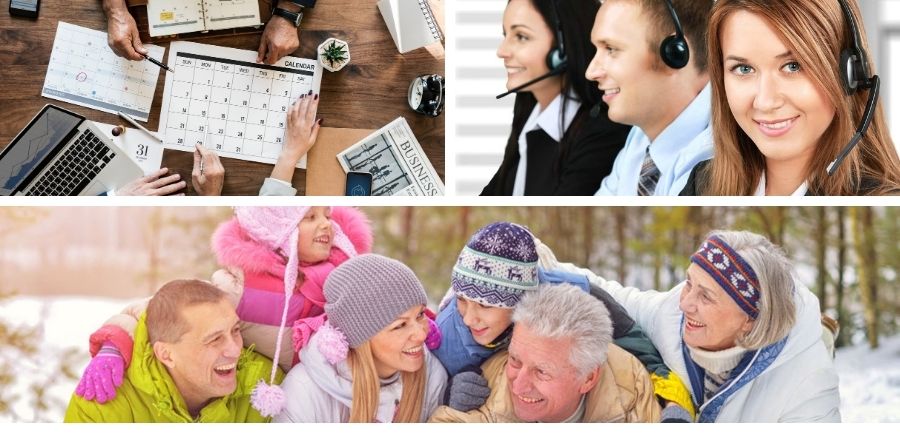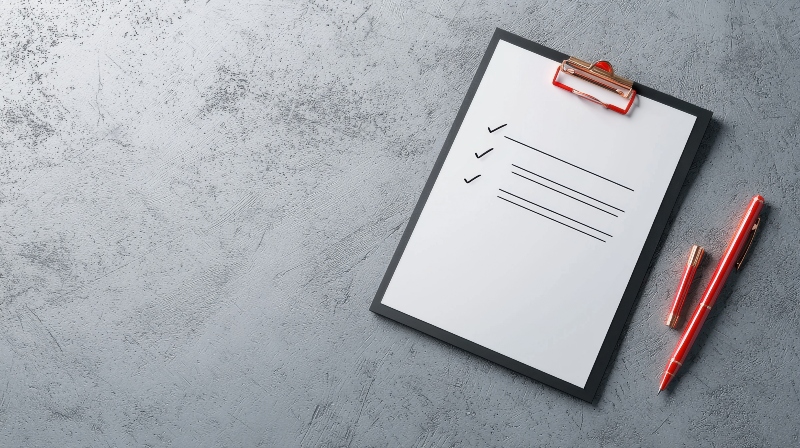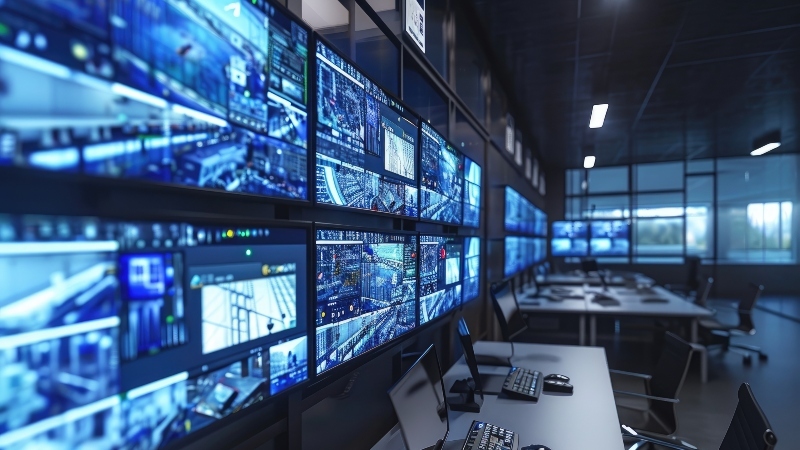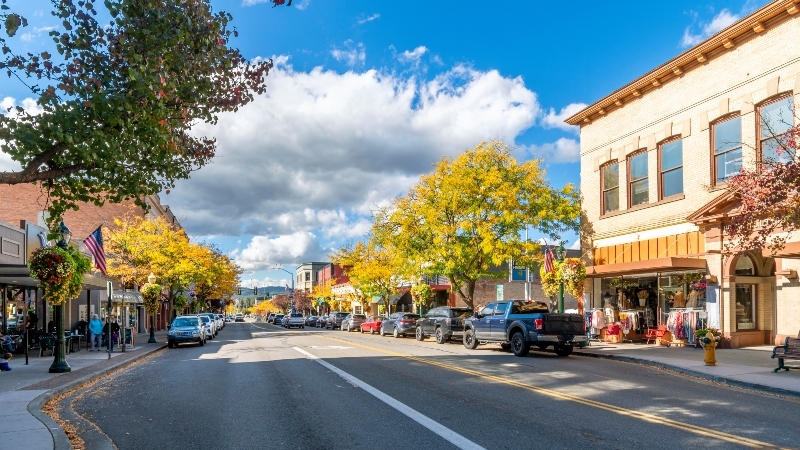Making the Switch: Vendor Transition Guide
Switching fire and security vendors feels risky. Even if your current provider isn't meeting your needs, the thought of transitioning systems and...
 |
Fire protection professionals committed to safeguarding lives, property, and peace of mind. |
 |
Solutions designed for your property type, from multi-family housing to healthcare facilities to retail spaces. |

|
Fire alarm, area of refuge, camera, and card access monitoring services. |
 |
Clear communication and instant response when every second counts. |
 |
From kitchens to server rooms, the right protection for every space. |
 |
Keep your primary defense system ready and reliable. |

|
Manage all your properties' access from one simple platform. |
 |
Monitor multiple properties in real time from anywhere, at any time. |

|
Document upcoming maintenance appointments and improve your proactive budget planning. |
 |
Fire Extinguisher Maintenance Checklist Learn the requirements for testing extinguishers monthly, annually, and beyond. |

|
Track all your inspection deadlines in one place. |
 |
Kitchen Hood Inspection Checklist Ensure your kitchen hoods are safe and compliant. Download a complete list of testing requirements. |

|
Guide to Fire & Security Monitoring Your complete property protection handbook in practical terms. |

|
Running a food truck takes work—this guide gives you the tools to keep it safe and up to code. |
 |
Comprehensive Guide to NFPA 13 and NFPA 25 Fire Sprinkler Systems Navigate sprinkler system requirements with confidence using our straightforward guide to codes and maintenance. |

|
Get your essential compliance guide. |
 |
When reliability matters across 18 restaurants, micromanagement doesn't. |

Winter is coming and now that it’s November, we’re facing winter head on. It’s anyone’s guess if this winter will be mild, mind-numbing cold or we’ll get dumped on with ice and snow. One thing that’s certain is the need to inspect and winterize your sprinkler systems. Whether it’s a wet or dry system or uses antifreeze, getting sprinklers prepared and fully operational for cold weather is imperative to prevent sprinkler pipes from freezing.
As you know, a wet fire sprinkler system is filled with pressurized water. When a fire occurs and the heat activates the sprinklers, water immediately sprays from the activated sprinkler heads. Since the pressurized water is always filling the pipes, the water is there instantaneously when it’s needed. However, temperatures 40°F or below can lead to the pipes freezing.
To prevent frozen pipes and the messy and costly aftermath, check the system before cold weather sets in, and frequently during extreme cold snaps. Frost is a sure sign the water may have frozen and compromised the system. If you see frost (or breaks), call Brothers Fire & Security ASAP at 800-607-2767 and we’ll tell you how to shut down the system. We’ll fix the issue before there’s pipe and water damage.
Dry fire sprinklers keep pressurized air and/or nitrogen in the non-heated portions of the sprinkler pipes and holds a valve closed that separates the main piping from the water supply. When temperatures drop below freezing, the pipes are in danger of freezing.
To prevent freezing, keep draining your drum drips weekly, even daily, until you see that there’s no water left in the system. If the dry system is not set up effectively, then there is usually more moisture backed up in the system.
Check air pressure frequently, especially if there’s a cold snap. If the air pressure rises to the water pressure and if they are equal, there is danger of the pipes bursting as the dry system has tripped.
Making sure temperatures inside buildings are optimal will prevent pipes from freezing, protect your sprinkler system, and ultimately, your property.
Knowing how to operate (shut down) your fire suppression system in case of an emergency can prevent a lot of damage. Shutdowns are needed when:
As the old Benjamin Franklin saying goes, “an ounce of prevention is worth a pound of cure.” Inspect your dry valve to ensure it is operating properly and will open in case of a fire. Drain your low point drains of all excess water.
By the way, most people think Franklin was referring to health, but he was actually talking about fire prevention!
An antifreeze loop in wet sprinklers is an older system where antifreeze will fluctuate based on temperature and pressure within the sprinkler system. Loops are actually antiquated and were intended to be used instead of dry sprinkler systems which typically are more expensive to install and maintain. Antifreeze loops usually start with just a couple of sprinkler heads, are expanded as more heads are added and as a result become less effective.
Frankly, antifreeze (glycol) is not environmentally-friendly and since it’s a flammable petroleum product, it can accelerate fire and not retard it. But don’t worry about that worst-case scenario, Brothers Fire & Security will test the systems to ensure the proper level of antifreeze. We’ll also help you find a better fire suppression solution to fit your budget and needs.
Finally, two more things to add to your winterizing checklist:
Brothers Fire & Security can inspect your entire system to be sure valves will operate in case of fire, drains are clear, and antifreeze systems are at the right level. Give us a call before temperatures drop and snow flies.
We’re here year-round to help you develop systems that protect your business. Keep in mind that every building has unique fire and security needs and it’s never one-size-fits-all. Call us for an evaluation and we’ll work with you to meet your life safety goals.
As one of the premier providers of fire and security solutions in the Upper Midwest, Brothers Fire & Security strives to build long-term, value-added relationships. We work with business owners and property management companies, as well as all types of public institutions to solve fire and security needs. By taking advantage of our integrated bundled services, many of our clients find that they can save 25-30% on their safety services, annual inspections and more. From a single location to franchises throughout the region and the country, our integrated approach saves our clients valuable time, money, and stress. We provide fire protection systems, security systems, fire sprinkler systems, fire alarm systems, 24-7 monitoring, fire extinguishers, card access and kitchen hoods. We also provide our Online Academy: Life Safety — Made Simple with eLearning courses designed to help you get and keep your staff trained and your business fire and security code compliant.

Switching fire and security vendors feels risky. Even if your current provider isn't meeting your needs, the thought of transitioning systems and...

Your fire alarm shows a trouble signal. Last week's sprinkler inspection never happened, and despite three calls and multiple messages, your vendor...

Winter weather and holiday demands can make managing multi-location security a nightmare. Fall is your best window to upgrade security systems,...